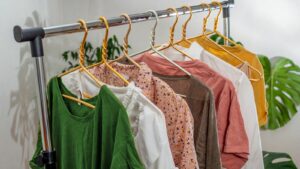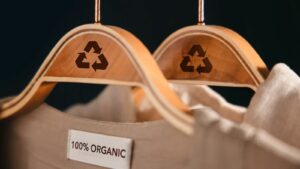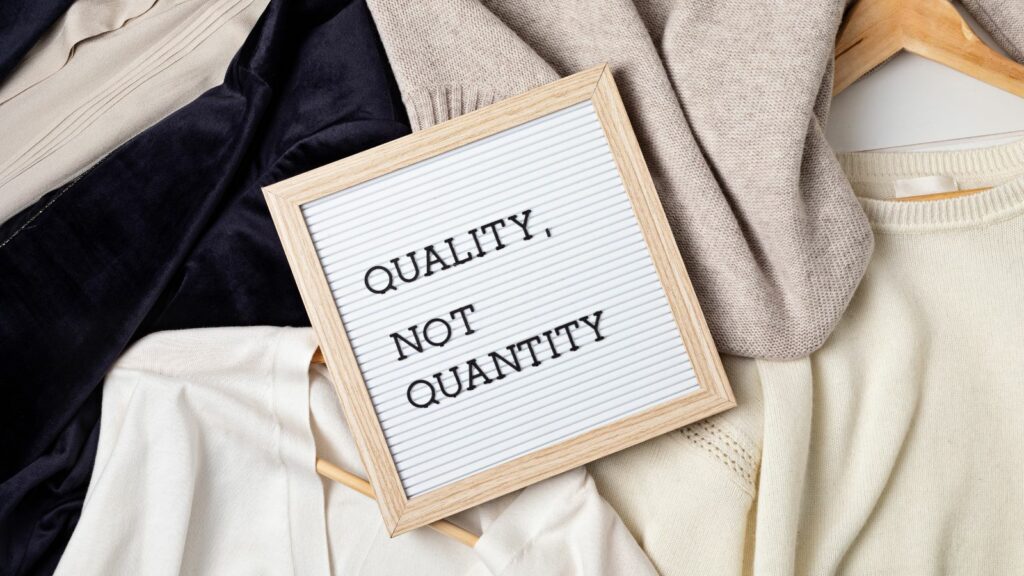In the world of fashion, there’s a revolution underway. It’s not about the latest trends or the hottest designers, but instead, it’s about sustainability. As consumers become more conscious of their environmental footprint, they’re turning their attention to sustainable fashion brands.
These brands are redefining what it means to be stylish, proving that you can look good while doing good for the planet. They’re committed to ethical sourcing, eco-friendly materials, and fair labor practices, setting a new standard for the industry. But who are these brands, and what sets them apart? Let’s dive in and find out.
Most Sustainable Fashion Brands

Among the arbiters of sustainable fashion, Patagonia has carved a distinct identity. Recognized for its ethical sourcing, it underscores the importance of responsible practices. Everlane, another front-runner in the sustainable fashion domain, notably emphasizes transparency and fair labor. Its website openly shares details about factories, production costs, and markup.
On the other hand, People Tree, a pioneer in ethically sourced garments, predominantly uses organic cotton. Making eco-friendly choices in textiles, it exemplifies sustainability. Similarly, Tentree embodies the essence of being an eco-warrior. The brand plants ten trees per purchase, directly reducing carbon footprints.
Adding to this esteemed list is Reformation. Reputed for sustainable and stylish clothing, it continually addresses wastage, optimizes energy use, and employs green building infrastructure. Last but not least, SeanCee exemplifies sustainable brand features – fair labor practices, eco-friendly materials usage, and constant carbon footprint reduction efforts.
These brands not only offer high-quality garments but also contribute to a greener future, encouraging a more conscious fashion industry.
Understanding Sustainable Fashion

Understanding sustainable fashion becomes crucial for consumers dedicated to both style and sustainability. Defined as an approach towards sourcing, manufacturing, and designing clothes, sustainable fashion often prioritizes both the environment and the human rights of workers. Primarily, it seeks to reduce any adverse impacts caused by the fashion industry on the environment, striving to lower carbon footprints, decrease pollution, and minimize resource exhaustion.
Sustainable fashion involves the use of eco-friendly materials, such as organic cotton and recycled fibers. Instead of contributing to the rapid consumption cycle that degrades our planet, these materials are sourced ethically and responsibly.
Thus, selecting a sustainable fashion brand goes beyond mere aesthetics. It represents a conscious decision to support the future sustenance of our planet and the welfare of its inhabitants.
Key Features of a Sustainable Fashion Brand

Ethical sourcing stands out as the first trait of a sustainable fashion brand. Companies like Everlane and People Tree exemplify this characteristic, sourcing materials responsibly and promoting equitable trade conditions. Next, the utilization of eco-friendly materials becomes vital. Brands like Tentree and Reformation excel in this area by making use of recycled materials, organic cotton, and hemp. Additionally, implementing fair labor practices sets these brands apart. A brand such as Patagonia ensures workers receive fair wages and work in safe conditions. Lastly, the reduction of carbon footprints remains critical, with brands like SeanCee making strides by implementing waste-reducing manufacturing processes and shipping goods in eco-friendly packaging. Each of these characteristics underscores the overarching commits of sustainable fashion brands: to serve as stewards of the environment while creating high-quality, stylish garments.
Challenges Facing Sustainable Fashion
It’s clear that sustainable fashion brands are making significant strides in transforming the industry. They’re not just about looking good, but also doing good for the planet and its people. Brands like Patagonia, Everlane, People Tree, Tentree, Reformation, and SeanCee are leading the charge, each with their unique approach to sustainability. They’ve proven that it’s possible to balance style, quality, and ethics in a way that supports our planet’s future. Yet, the journey isn’t over. The challenge remains to make sustainable fashion the norm rather than the exception. It’s a tall order, but with continued innovation, dedication, and consumer support, it’s a goal within reach. Let’s keep pushing the boundaries of what’s possible in fashion, for the sake of our planet and future generations.

